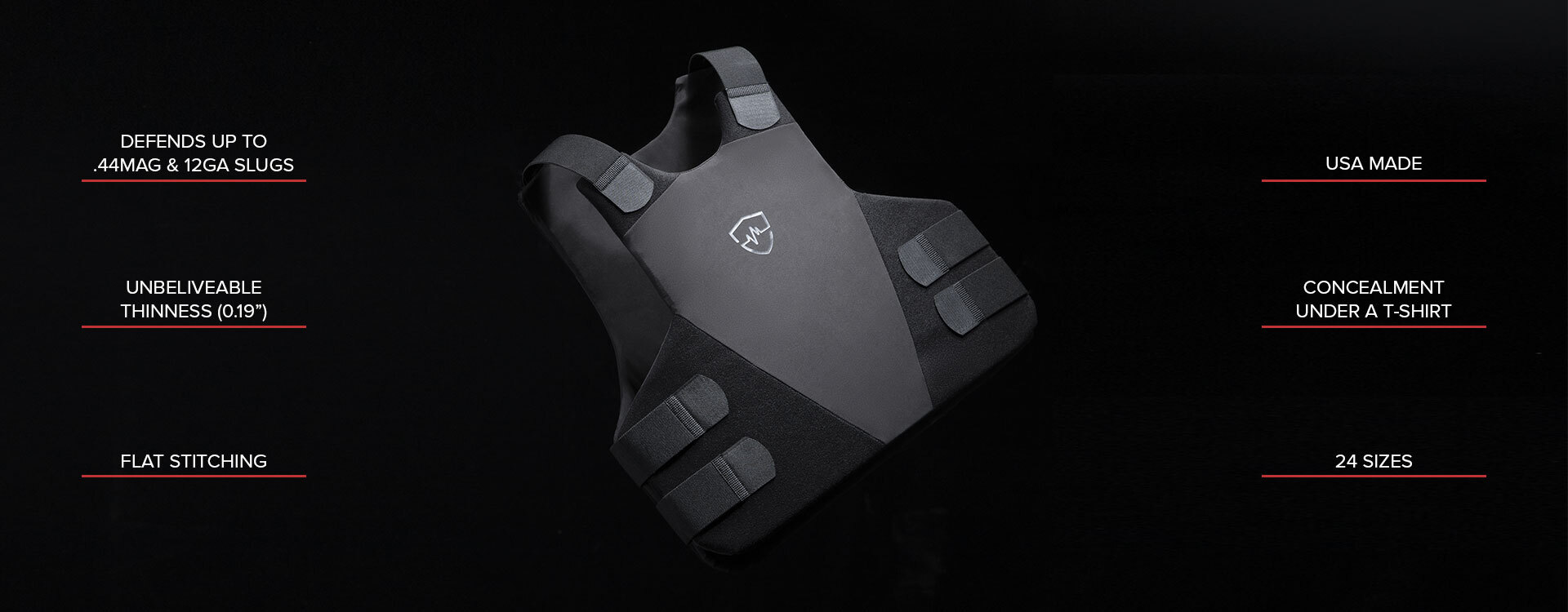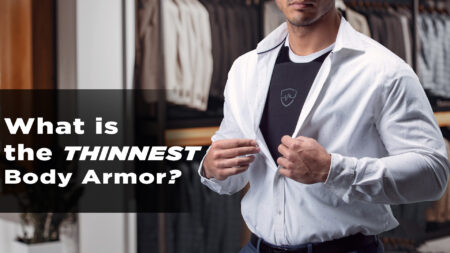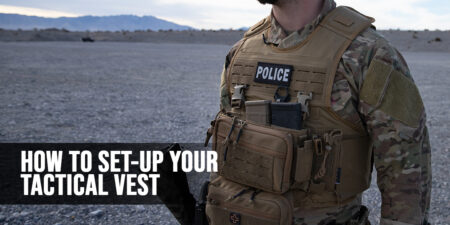A Roman Catholic priest with a following of over 40,000 people, Casimir Zeglen, had set in motion a chain of events that are still developing today. Casimir presented the first modern-day bulletproof vest in 1893. In 1901, Casimir collaborated with Jan Szczepanik to further improve his initial bulletproof vest designs. There are debates about the roles that Szczepanik had in the development of the first bulletproof vest. But most modern sources agree that Casimir Zeglen was the first person to invent a bullet-resistant vest, helping pave the road for all the different armor that exists today.
There are earlier mentions of the bulletproof vest dating back to 1561 when the Holy Roman Emperor, Maximilian II, had developed and tested bullet-resistant vests. During this time, perhaps the most advanced development in armor systems was when Dr. George E. Goodfellow discovered silk’s capabilities of stopping ballistic projectiles. Goodfellow later produced a bulletproof vest composed of only 30 layers of silk, paving the way for Casimir Zeglen. Zeglen had also made his bulletproof vest out of silk, the only difference being the proprietary sewing method he used to help create a ballistic fabric with higher performance than your standard run-of-the-mill silk.
Bulletproof Vest: The Evolution
With new and more powerful ammunition flooding the market, the need to further technologies used in bullet-resistant materials continues today. Modern handgun threats like 9mm, .357 Sig, and 5.7×28 are moving considerably faster than those ballistic projectiles Casimir had designed his vest to stop. Due to the increased ballistic capabilities of newer ammunition, fibers need to have much higher tensile strengths while still being able to expand to absorb most of the energy from the impact of the rounds.
Doctors from the Netherlands had accidentally discovered ultra-high molecular weight polyethylene (UHMWPE) during multiple experiments where they fractionated different lengths of polyethylene structures from a solution. UHMWPE’s first uses were in 1962 when Sir John Charnley clinically used this material for total hip and knee replacements. It was not until 1987 that the U.S. military showed interest in further exploring the utilizations of UHMWPE in armor systems. This was the first time ultra-high molecular weight polyethylene was extensively studied and tested for use in armor systems. Over the years of research and development, they found that UHMWPE performs better when combined with adhesives. They found that the best resin combination was a 50:50 mixture of polyurethane and vinyl ester. This discovery led to oddly similar performance to the pre-existing Kevlar armor systems, except with a weight reduction of roughly 20%. Regardless of the performance and the promises the U.S. Military made, it still took 25 years before they decided to issue UHMWPE armor systems to American troops.
The Modern Bullet Proof Vest
Body armor comes in many different configurations, with each composition varying based on the manufacturer and the level of protection the armor is required to meet. There are many distinct levels of armor. However, each company has proprietary methods of achieving the same level of protection. But the amount of materials used and what kind of materials make the prices fluctuate with different models and manufacturers.
Modern-day armor systems tend to use proprietary mixtures of materials, each material having a dedicated role in stopping ballistic threats. It is crucial to carefully consider which level of protection is advantageous for you and your operational environment, more importantly, the material(s) your armor consists of. The most common materials used in modern-day armor systems are Para-Aramid Fibers(Kevlar®), Ultra High Molecular Weight Polyethylene(U.H.M.P.E), Zylon, Carbon Nanotubes, Steel, and Ceramic. Each of these has its purpose. However, please, please, please stay away from armor composed of Zylon. Armor systems constructed from Zylon material have gotten banned from many agencies due to massive recalls and defects that left end users seriously injured or mortally wounded. Again, Zylon materials are NOT to be relied on for life-saving equipment, especially body armor.
Now that we got the materials out of the way. How does a bulletproof vest stop bullets?
Many factors play into how a bulletproof vest stops bullets. The performance of the armor is dependent on the type of ammunition the armor is capable of stopping. In the following blogs we will touch on the protection levels, the types of ammunition each armor level is rated to stop, and how armor stops the threats they are certified for. Stay tuned!
(Photo credit: National Photo Company Collection/Library of Congress, Washington, D.C.).
(Photo credit: National Photo Company, Public domain, via Wikimedia Commons)









